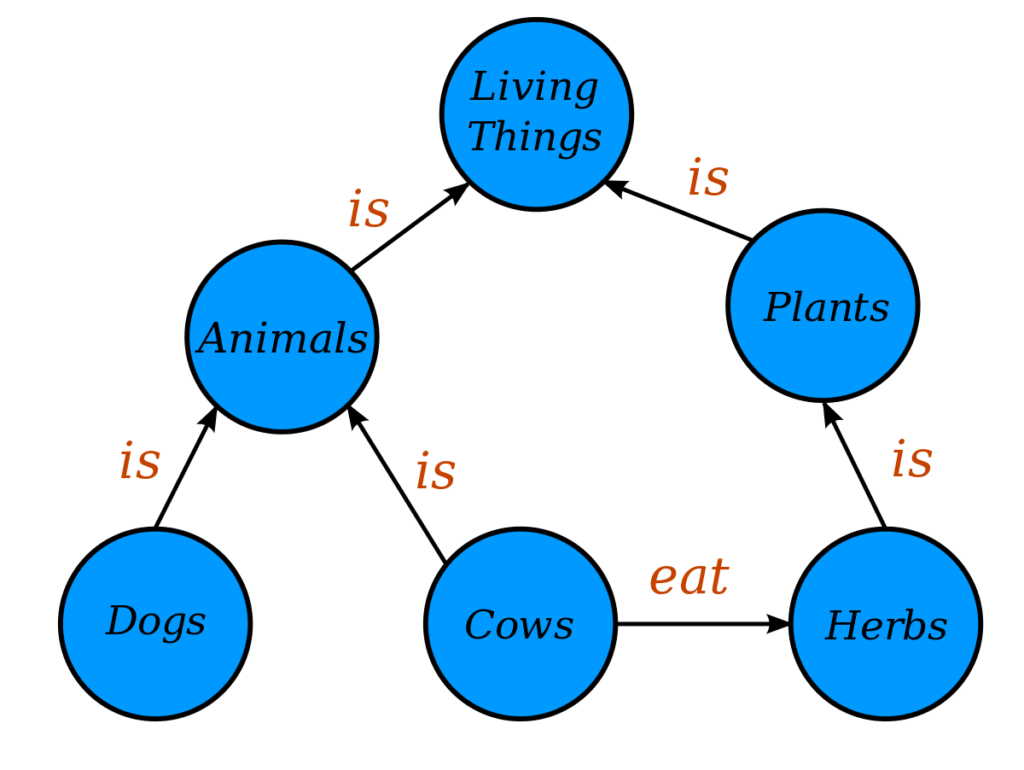Consulting firms are doing their best to help clients navigate the era of artificial intelligence (AI). To stay ahead of the competition and ensure the success of their customers, they should encourage companies to create a knowledge graph and improve data management, experts say.
Big data problem
Big data has three characteristics:
- diversity (variety);
- volume (volume);
- speed (velocity).
Known as the «three Vs of big data,» they describe how data often exists in many different types, in addition to being very quickly created and accumulated in large volumes.
Much business information is also stored as «unstructured data»—industry jargon for text. However, human speech is often too complex for machine understanding. There are methods that try to solve this problem, but most of them fail to fully understand the meaning and correctly interpret the nuances of speech.
Consulting firms are trying to help their clients benefit from big data. However, they find it difficult to do such work due to their over-reliance on machine learning algorithms. This is largely due to the mismanagement of their customer data.
The fight to improve data quality
Poor data quality prevents companies from receiving the timely and accurate information they need to make decisions. MIT suggests that companies actually lose between 15% and 25% of their revenues due to poor data quality.
Thus, the analysis and presentation of data constitute a significant part of modern management consulting services. Consultants must perform the rather laborious task of collecting and cleaning data from disparate parts of their clients’ organizations. Only then will they be able to process and interpret them in a meaningful way. As a result, data scientists spend more than half of their time collecting and processing data before it can be used.
In an attempt to improve the situation, consulting firms are relying even more on a technology they already know: machine learning. They use algorithms that help automate and speed up some data cleansing processes. However, this is only a short term solution. In fact, consultants should help clients change the way they process data.
Adding a Knowledge Graph to the Mix
A knowledge graph is a provision of knowledge that mediates between humans and machines. He depicts the world in a very human-like way, linking ideas, concepts, and things.
With such a tool in hand, companies can solve many data problems. They can use it to automatically classify, link, validate and enrich all their data. The knowledge graph could be used to connect various datasets and files to make them accessible, since they were just some kind of separate database. This allows companies to get more value from data.

Management consulting firms can play an important role in helping companies build their knowledge graph. The process requires effort and collaboration from the various stakeholders in the company, from executives to experts in the field. It may seem like a long and complicated process. But there are methodologies, standards, and tools that can significantly speed it up, such as automatically extracting thousands of concepts from texts and databases.
This is also important for the successful implementation of AI strategies. A knowledge graph can even eliminate the need for large amounts of data to train machine learning algorithms (the so-called “cold start problem”). When data is classified and related, algorithms require less data to produce relevant results, as they can analyze not only the data itself, but also its context.
Another advantage of AI solutions built using a knowledge graph is that they can be reused. Once knowledge is in place, it no longer depends on existing databases and becomes a knowledge asset in its own right. This allows the knowledge graph to cover many of the areas a company operates in for multiple uses.
Knowledge graphs also make machine learning algorithms more understandable. Showing relationships between data makes it easier for people to understand how algorithms achieve specific results. And decision makers who are able to appreciate this and trust the performance of their AI applications.
How to help clients get started with knowledge graphs
The best way to approach the full use of knowledge graphs is to start small and grow. Help your clients choose a specific use case that can quickly show the value a knowledge graph can bring to their organization. Look at their strategic goals, choose a use case that has a well-defined business value and makes the process or service more efficient and intelligent. Once you’ve helped implement one use case, move on to others until the organization fully embraces knowledge graphs.
Good use cases to start with include improving search capabilities, developing better recommendation systems, or automating document classification. All of them are mature fruits of knowledge graph implementation. Once these are in place, you can encourage your clients to create their own AI applications such as chatbots, virtual assistants that extract information from a large number of unstructured text documents.
The combination of knowledge graphs and machine learning is revolutionizing data analytics. This approach has many applications ranging from human resources to finance. Companies that adopt it will benefit more from data and expand their innovation capabilities. It will become the standard in every industry, and management consulting firms must adopt it as quickly as possible to stay relevant.
